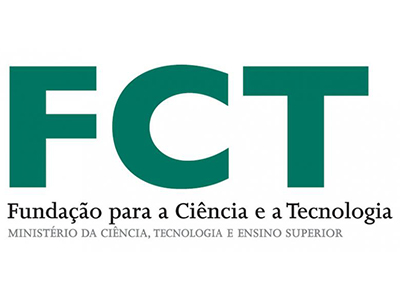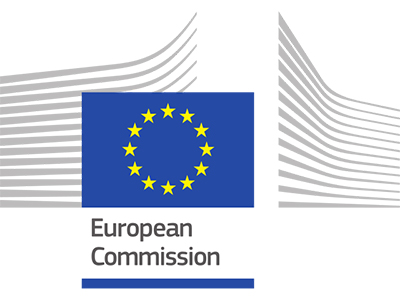Description
Biomethane shows good promise as a fuel for the circular economy, but it is often contaminated with CO2 that must be removed. While this is traditionally done using liquid amine adsorbents, they suffer from chemical instability and high energy costs. The EU-funded GRACE project will help design a new generation of solid sorbents which can lower costs by 40 %. Researchers will develop a new understanding of the intermolecular interactions occurring at the gas–solid interface of adsorbent surfaces, which will help synthesise new materials such as periodic mesoporous organosilica sorbents. The project will also test new shapes for sorbents to make the biogas upgrading process more efficient.
Coordinator
Mirtha Lourenço
Coordination
Universidade de Aveiro (UA)
Partners
HASKOLI ISLANDSSINTEF AS ; SINTEF
Outputs
Unravelling the structure of CO2 in silica adsorbents: an NMR and computational perspective
Sardo, M; Morais, T; Soares, M; Vieira, R; Ilkaeva, M; Lourenço, MAO; Marín-Montesinos, I; Mafra, LValorization of Crab Shells as Potential Sorbent Materials for CO2 Capture
Pereira, D; Ilkaeva, M; Vicente, F; Vieira, R; Sardo, M; Lourenço, MAO; Silvestre, A; Marin-Montesinos, I; Mafra, LImpact of pyrolysis heating methods on biochars with enhanced CO2/N2 separation and their incorporation in 3D-printed composites
Correia, I; Ilkaeva, M; Castellino, M; Bocchini, S; Novais, RM; Mafra, L; Gonçalves, NPF; Lourenço, MAON-doped sponge-like biochar: A promising CO2 sorbent for CO2/CH4 and CO2/N2 gas separation
Lourenco, MAO; Frade, T; Bordonhos, M; Castellino, M; Bocchini, S; Pinto, MLSponsors







